Optimal Timing for Silt Fence Installation
Determining the optimal time for silt fence installations is essential for effective erosion control. Typically, installation is most effective during dry weather conditions to ensure proper setting and stability. Installing before heavy rainfall or during periods of minimal soil disturbance helps maintain the integrity of the barrier and prevents washouts.
Late spring and early fall are ideal times due to moderate weather and soil conditions, reducing risks of damage from severe weather.
Avoid installation during heavy rain or snow, as wet soil can hinder proper anchoring and compromise effectiveness.
Dry, stable soil provides the best foundation for silt fences, ensuring secure placement and durability.
Coordinate installation schedules with project phases to ensure barriers are in place before land disturbance begins.

Properly installed fences during dry weather ensure stability and effectiveness.

Dry soil allows for better anchoring of fence posts and fabric.
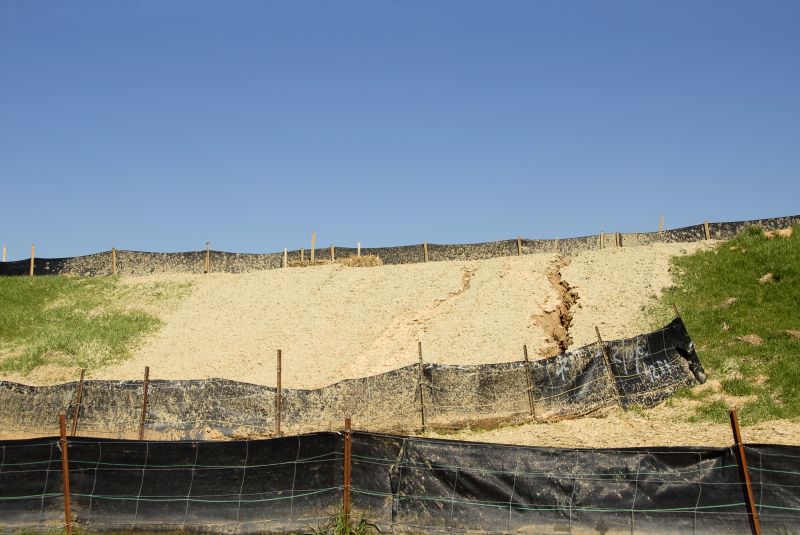
Timely installation prevents soil erosion during upcoming rainfall events.
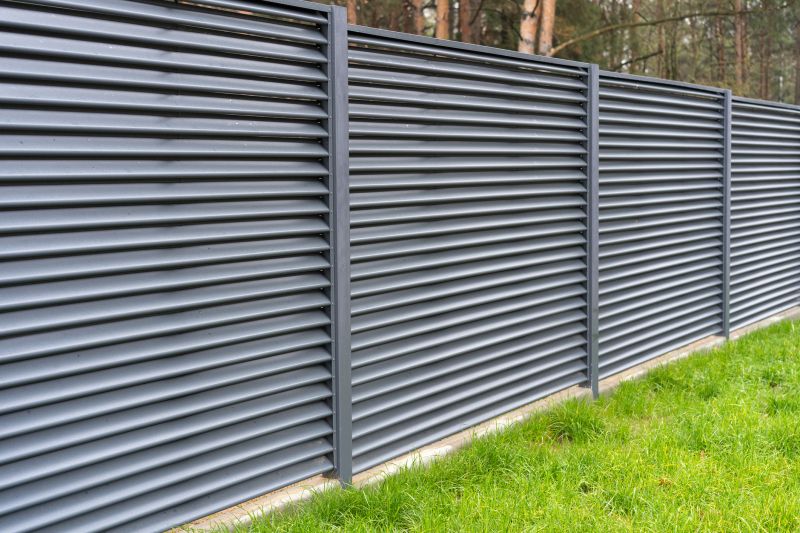
Ways to make Silt Fence Installations work in tight or awkward layouts.
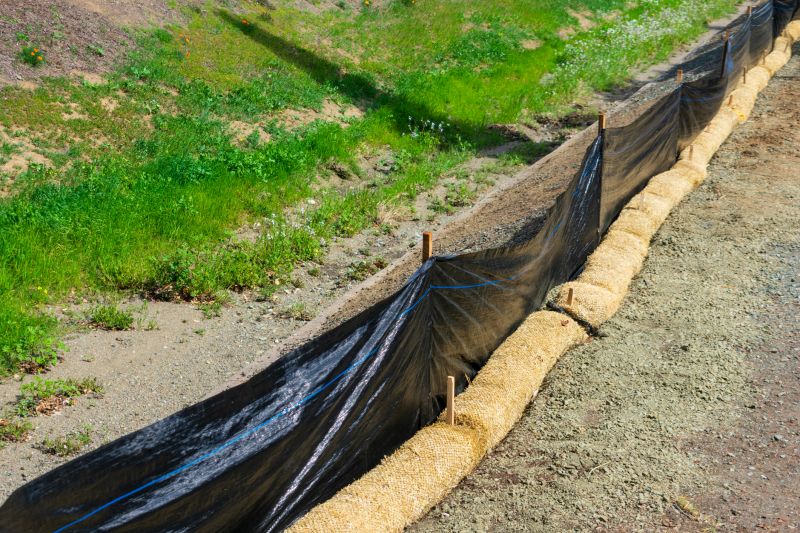
Popular materials for Silt Fence Installations and why they hold up over time.

Simple add-ons that improve Silt Fence Installations without blowing the budget.
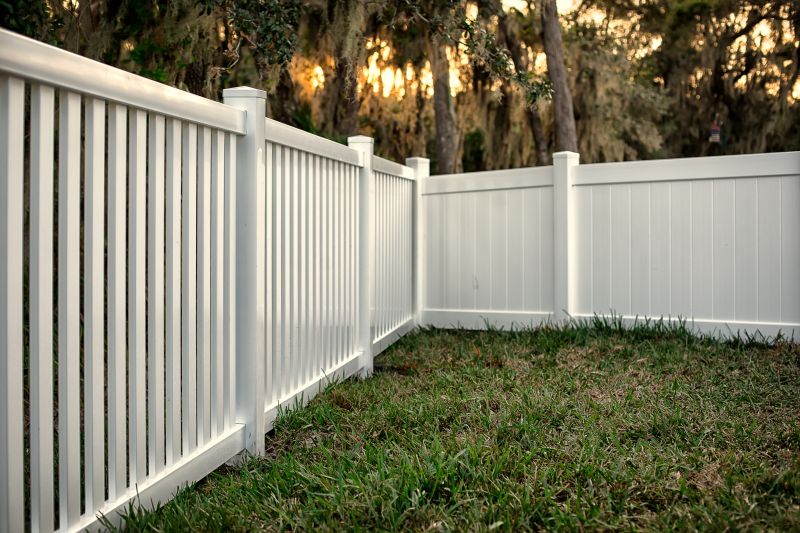
High-end options that actually feel worth it for Silt Fence Installations.
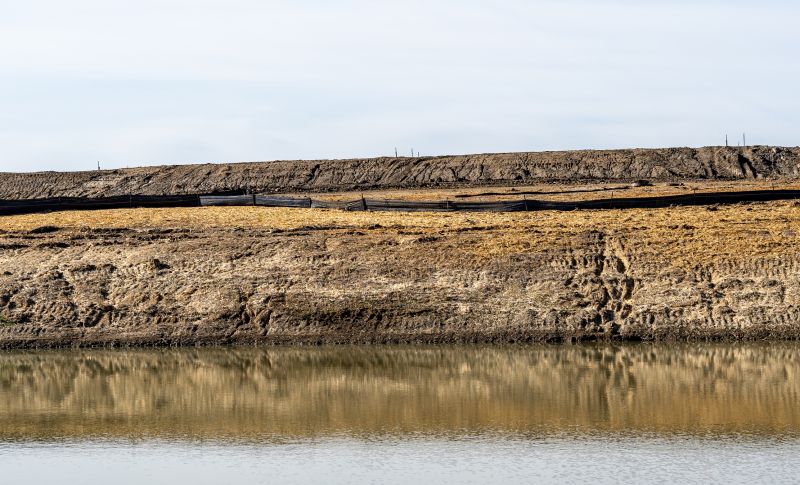
Finishes and colors that play nicely with Silt Fence Installations.
Silt fences are a vital component of erosion control strategies on construction sites and disturbed lands. They consist of a fabric barrier supported by stakes, designed to intercept sediment-laden runoff and prevent it from leaving the site. Proper installation and timing are crucial to maximize their effectiveness, reducing soil loss and protecting nearby waterways.
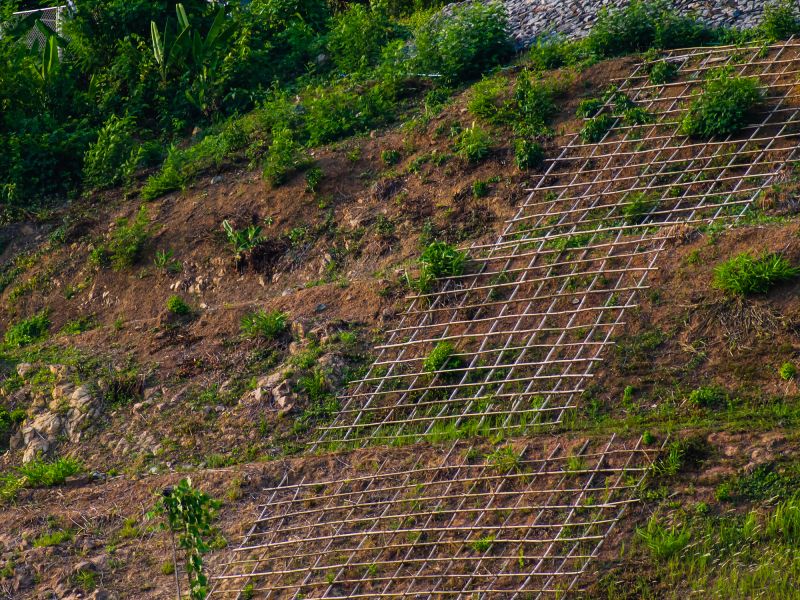
Installed along slopes and disturbed areas to trap sediment.
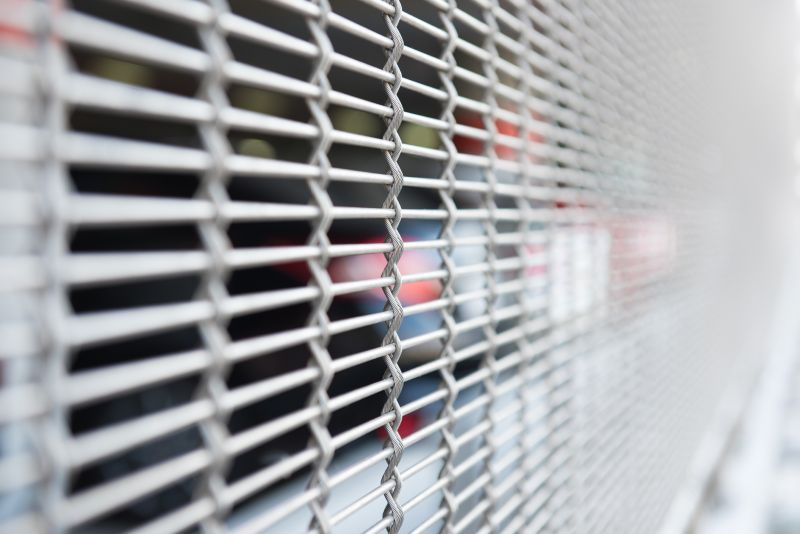
High-quality fabric ensures durability and sediment retention.
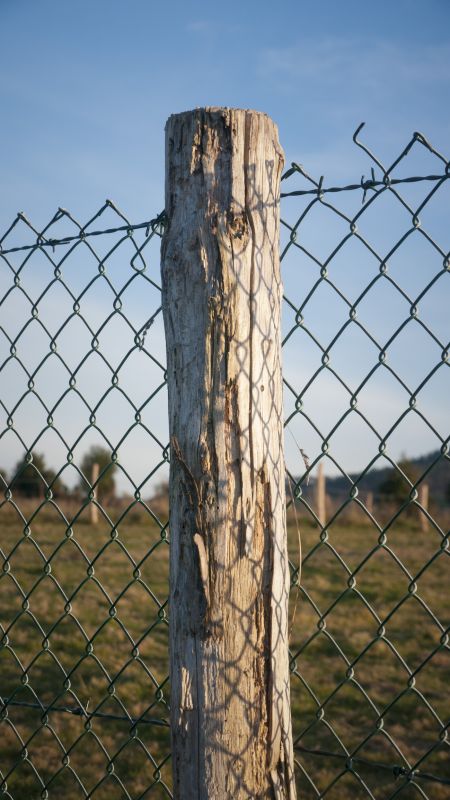
Secure anchoring is essential for fence stability during weather events.
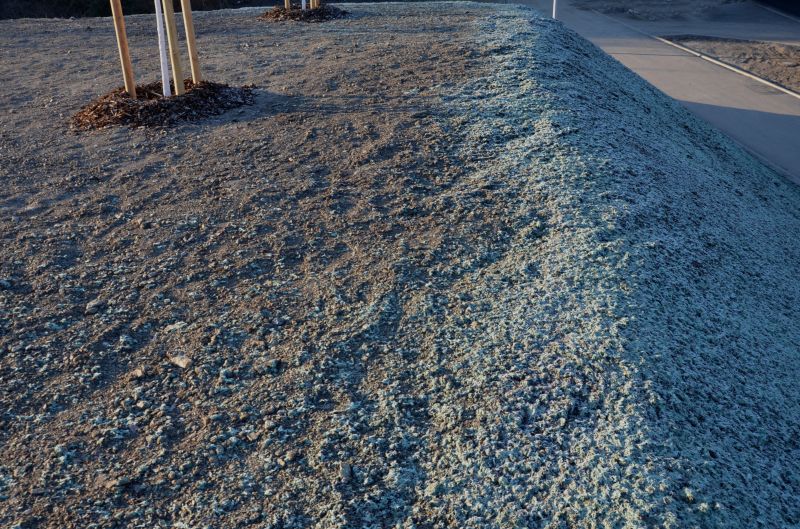
Properly installed fences form an effective barrier for sediment control.

Little measurements that prevent headaches on Silt Fence Installations day.

A 60-second routine that keeps Silt Fence Installations looking new.
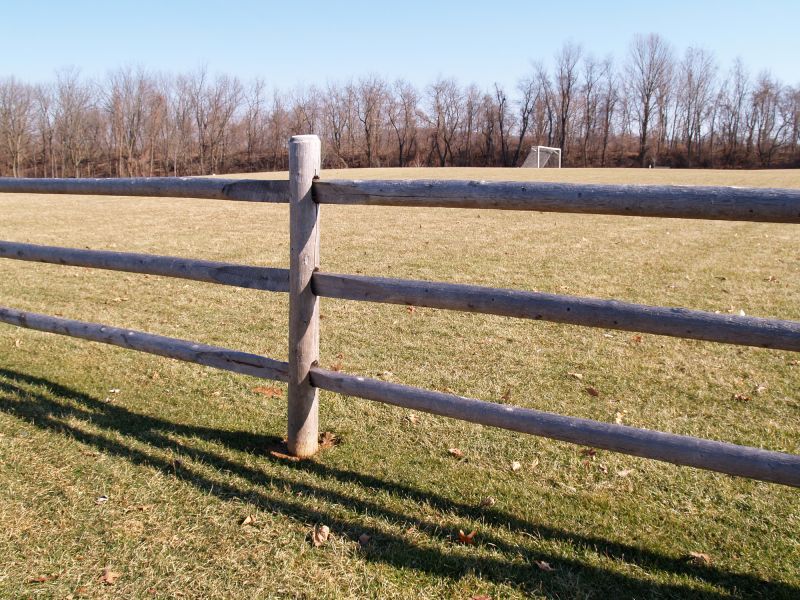
A frequent mistake in Silt Fence Installations and how to dodge it.
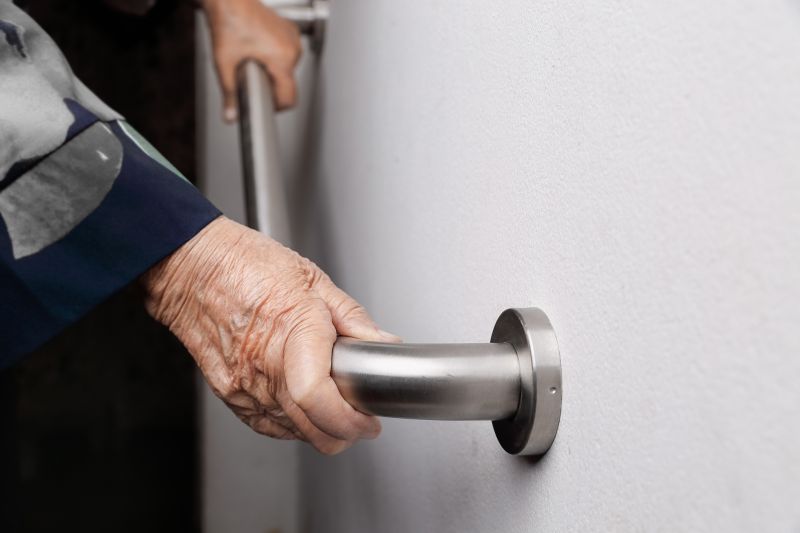
Small tweaks to make Silt Fence Installations safer and easier to use.
| Timing Factor | Recommendation |
|---|---|
| Season | Late spring and early fall are preferred |
| Weather | Install during dry weather conditions |
| Soil Moisture | Ensure soil is dry and stable |
| Rain Forecast | Avoid installation before heavy rain |
| Project Phase | Install before land disturbance begins |
| Regulatory Guidelines | Follow local timing regulations |
Effective silt fence installation requires careful planning regarding weather and soil conditions. Proper timing ensures the barriers are stable and functional, providing maximum sediment control. Regular inspections after installation help identify any issues caused by weather or soil movement, maintaining the integrity of erosion prevention measures.
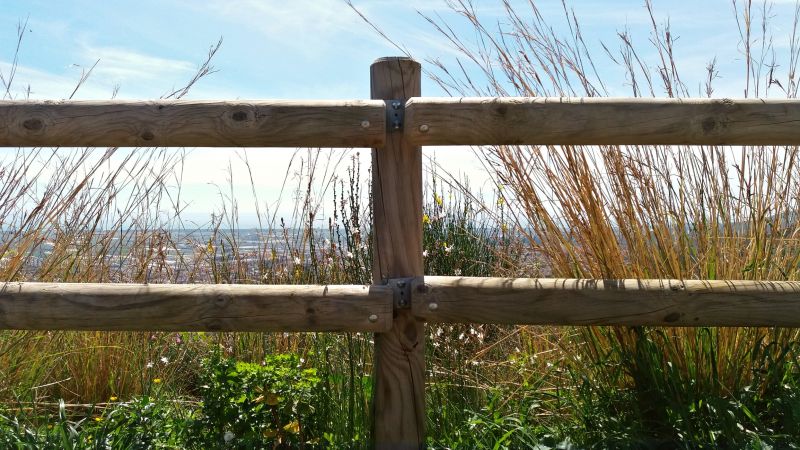
Ensuring proper setup and stability after installation.
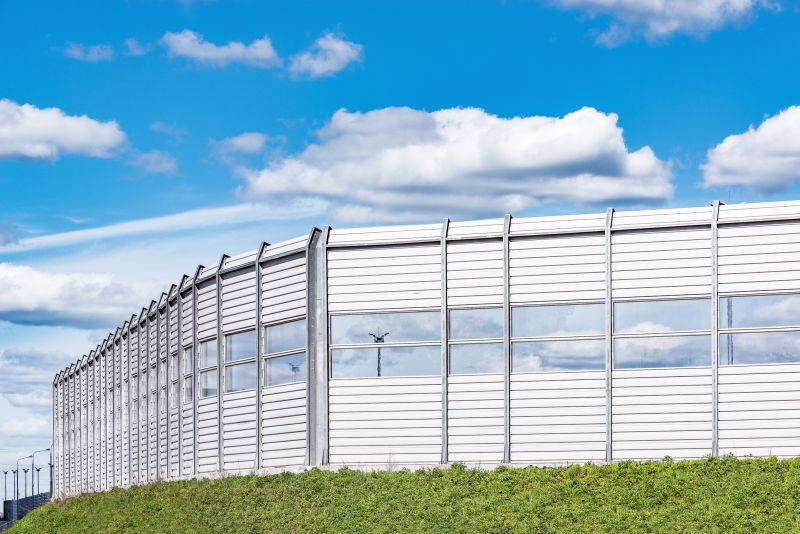
Monitoring fence performance during weather changes.
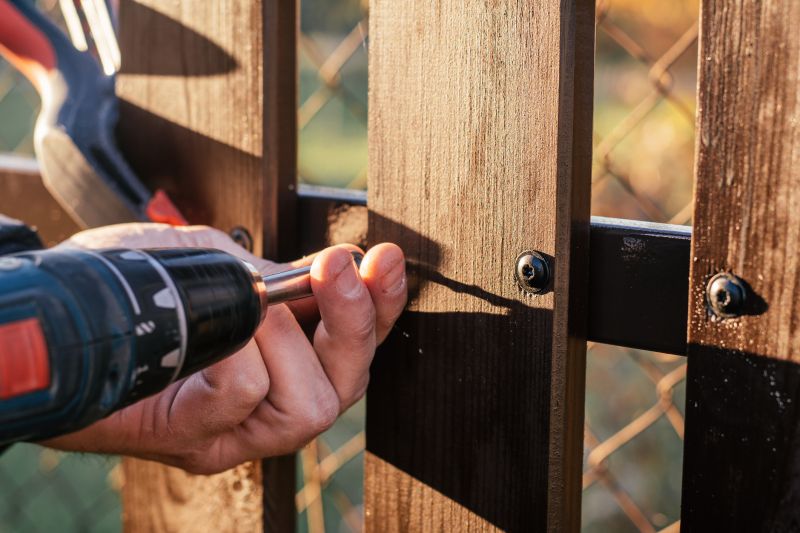
Preparing ground to enhance fence anchoring.
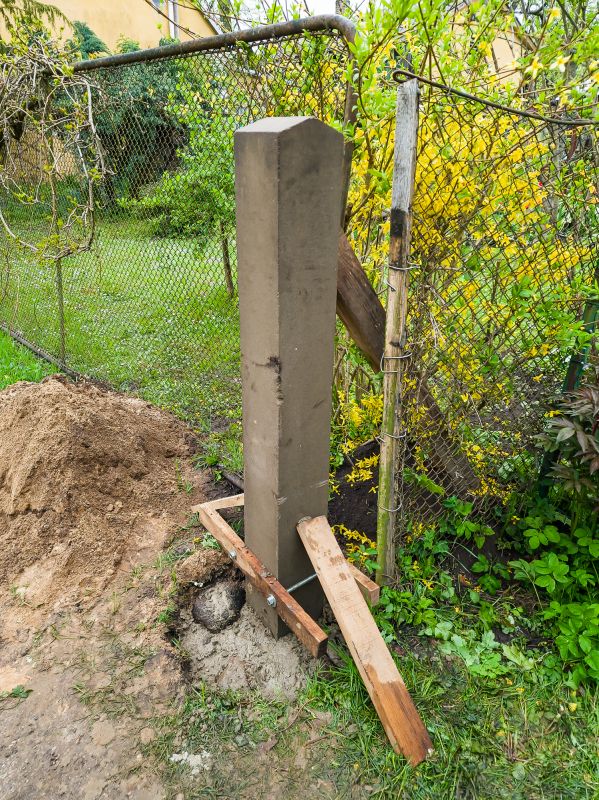
Regular checks to ensure ongoing effectiveness.
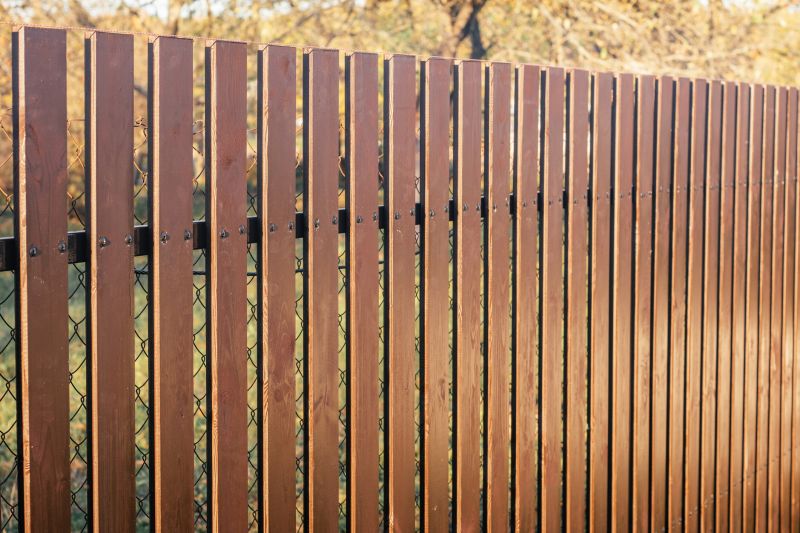
Lower-waste or water-saving choices for Silt Fence Installations.
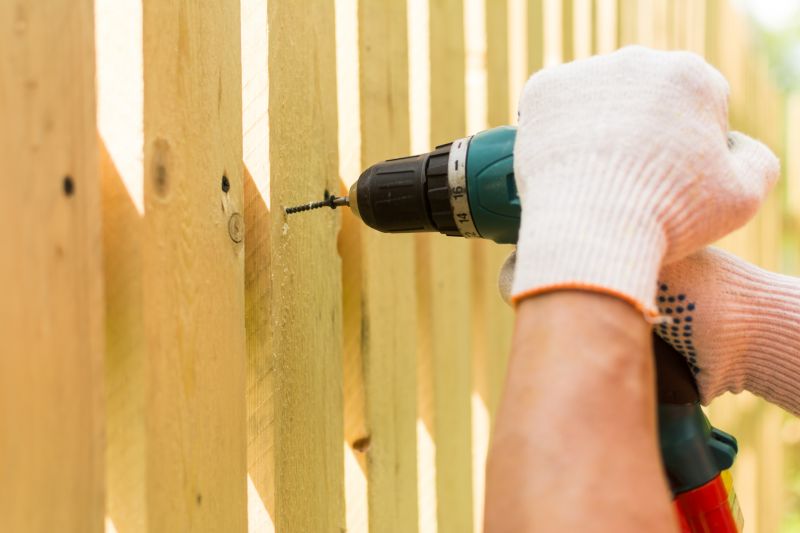
The short, realistic tool list for quality Silt Fence Installations.
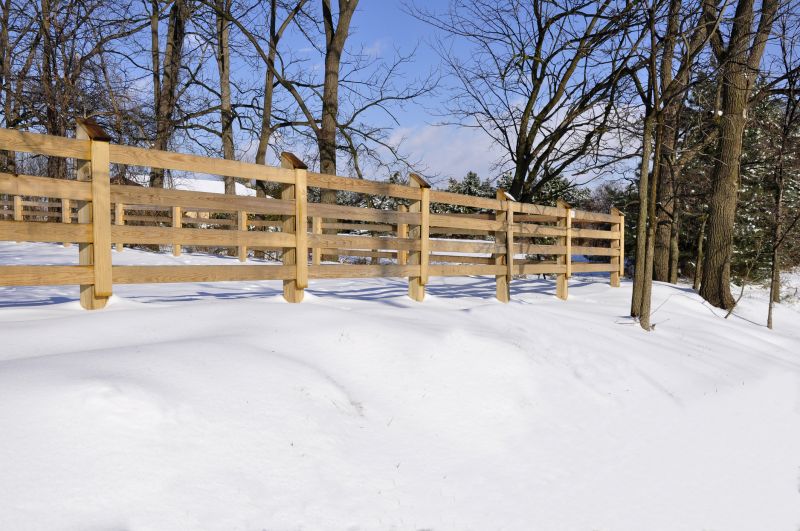
Rough timing from prep to clean-up for Silt Fence Installations.
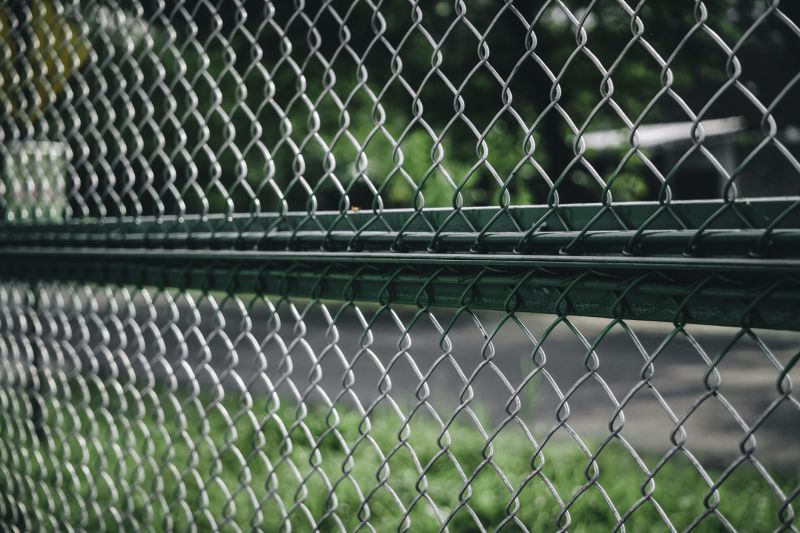
Quick checks and paperwork to keep after Silt Fence Installations.
Choosing the right timing for silt fence installation enhances erosion control efforts, minimizes site disturbance, and ensures compliance with regulations. Properly timed and maintained fences contribute significantly to reducing sediment runoff, protecting water quality, and maintaining site stability.
Interested in scheduling silt fence installations? Filling out the contact form can provide additional information and assistance for your project needs.
